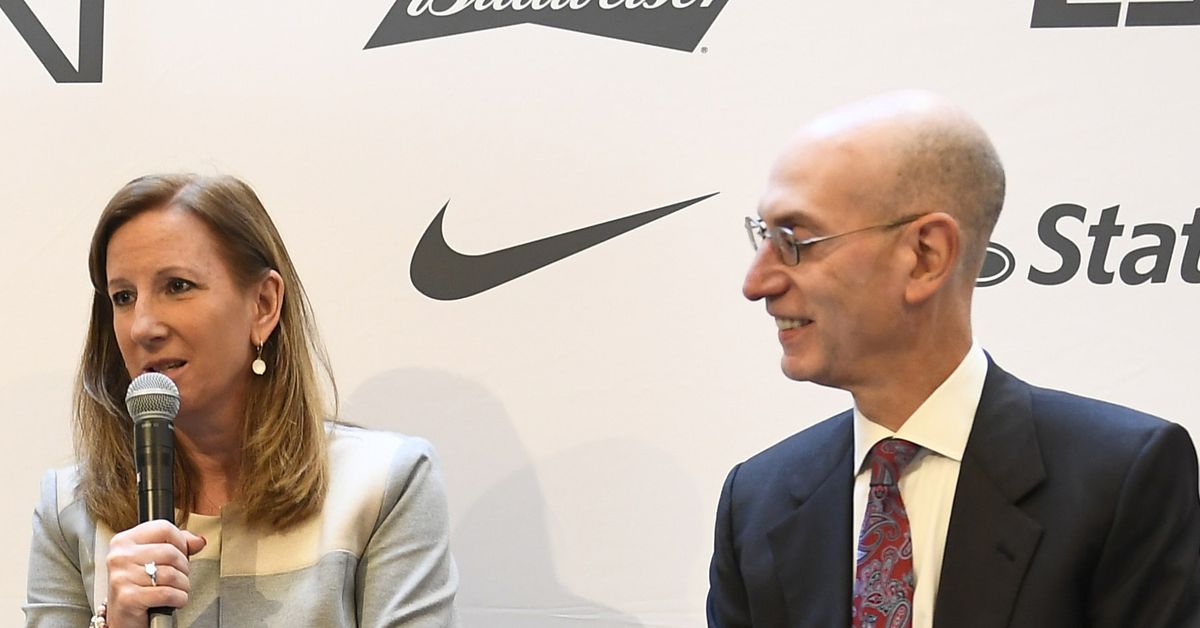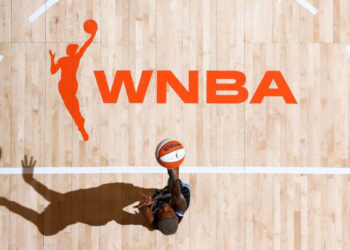The WNBA announced Monday that the league will return with an abbreviated 22-.game season in July. The playoffs will maintain the same eight-team format, and the season will occur in Flordia with no fans. While any W fan prefers some basketball over none, the coronavirus-sabotaged season leaves many (understandable) frustrations and shortcomings. A review of these challenges reveals an exciting but strictly delimited showcase for women’s athletics.
1. Math Doesn’t Add Up
The WNBA already paid players their first two paychecks and will pay 100% of the rest to any players who compete. Frustratingly, I haven’t seen a single journalist ask a seemingly important question. With the W earning $0 from ticket sales this season, and a limited TV contract, how can an already comparatively impoverished league afford to pay full salaries? Uncle Sam already pilfers millions from the NBA between federal and state income taxes. Is it fair for a male hooper already agonizing about his uncertain return to have to work further for someone else? Until the WNBA becomes more transparent about its cloudy finances, I’ll continue to be wary.
2. Are players focused?
Reportedly, several players are already exploring not playing at all. It’s a women’s right to work or not work. The W should not force any hooper to play in a situation where she isn’t comfortable. The other side of the coin is how big of an asterisk sit-outs will have on an already odd 2020. If an athlete thinks activism is more important than basketball, is she an athlete-activist, or just an activist? I would argue playing gives a hooper a bigger stage, and playing and protesting needn’t be mutually exclusive. If WNBA athletes stray too far from the court, they risk diminishing the focus on women’s sports in a time with nearly no coverage of a league that isn’t playing.
3. How big will the spotlight be?
The July restart is unfortunate timing. The NBA is the death-planet eclipsing the W from media attention, and the men’s four full playoff rounds will command nearly all attention. Unfortunately, the ladies don’t have a choice with their timing, with most players earning money overseas in the fall. Another restricting factor is city affiliation’s irrelevancy making each team a less-interesting mercenary group. Is Sabrina Ionescu making an impact for the Brooklyn community if she won’t play a single minute in New York? Can Sue Bird and Breanna Stewart truthfully rep Seattle if fans have to watch on our dinky phones? Again, this tragedy is no one’s fault. It’s just frustrating.
Deep Breath
Women’s sports fans have a week to quietly contemplate the situation until a June 25th deadline, when players have to declare if they’ll play. Then, we’ll have a month to stew until we can watch our heroes tip-off again. We can look forward to a double return to basketball, with the NBA courageously taking steps to satisfy player discomfort before their July 30th restart. With empty, quiet seats, the world’s greatest female athletes will tie their sneakers and sweat while the ref blows her opening whistle. What kind of world will they return to in 2021? Hopefully, one where our society has learned some respect for a sex too often slighted by a cynical sports universe.


 NFL
NFL





